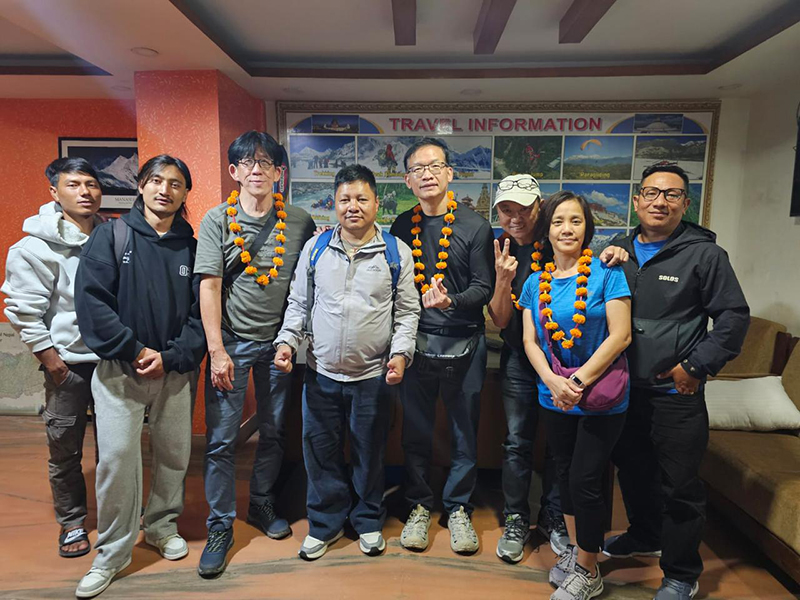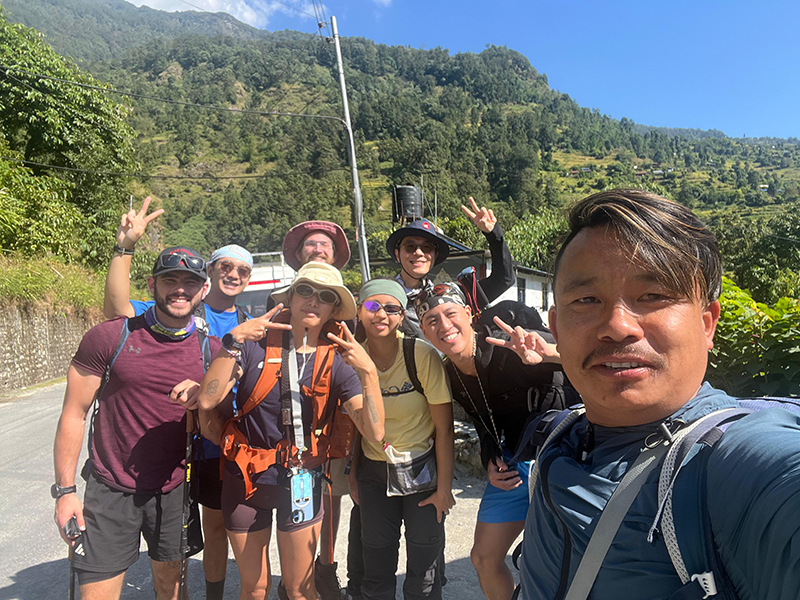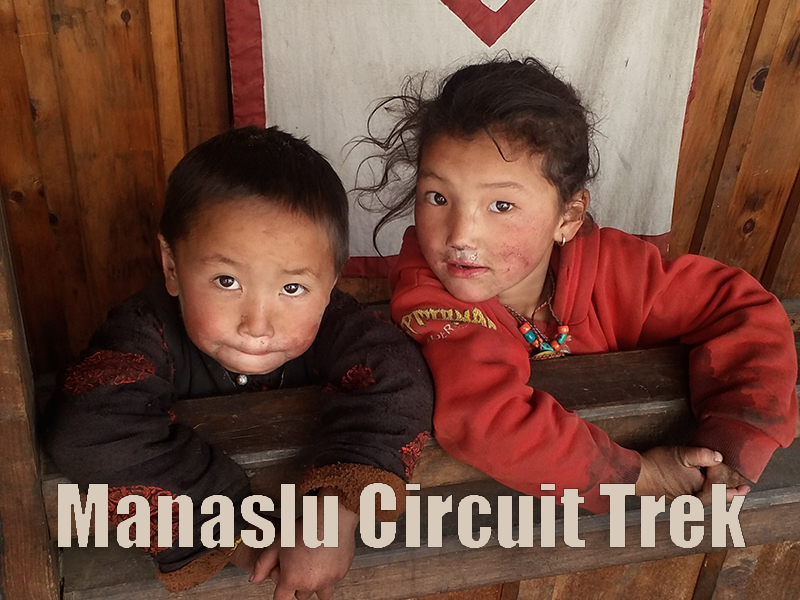Best Time for Everest Base Camp Trek

The Best Time for Everest Base Camp Trek is during the pre-monsoon (spring) and post-monsoon (autumn) seasons. These periods offer the most favorable weather conditions, making your trek safer and more enjoyable.
When is the Best Time to Trek to Everest Base Camp?
The best time to Everest Base Camp Trek is during the spring (March to May) and autumn (September to November) seasons. These periods offer the most favorable weather conditions, clear skies, and excellent visibility, ensuring a safer and more enjoyable trekking experience.
Spring (March to May)
- Weather: The weather is generally stable with clear skies, making it an excellent time for trekking. Daytime temperatures are mild, while nights can be cold.
- Flora: Rhododendrons and other wildflowers are in full bloom, adding vibrant colors to the landscape.
- Crowds: This is a popular trekking season, so trails and teahouses can be busy.
Autumn (September to November)
- Weather: Post-monsoon weather is typically clear and stable, with fantastic visibility of the mountains. Days are warm, and nights are cooler.
- Views: The monsoon rains clear the atmosphere, offering some of the best mountain views of the year.
- Crowds: This is the most popular time for trekking, leading to busier trails and teahouses.
Winter (December to February)
- Conditions: Very cold temperatures and heavy snowfall, especially at higher altitudes. Fewer crowds but more challenging conditions.
- Visibility: Clear skies and beautiful winter landscapes.
Monsoon (June to August)
- Conditions: Heavy rainfall, leeches, and the risk of landslides. Trails are quieter but more challenging and slippery.
- Visibility: Lush green landscapes but often obscured mountain views.
Planning your trek during these optimal seasons will enhance your experience, providing you with the best weather conditions and the most stunning views of the Himalayas.
These two seasons provide the ideal conditions for trekking to Everest Base Camp, offering trekkers the best chance to experience the breathtaking beauty of the Himalayas while navigating manageable trail conditions.
Recent Travel Blog
Travel tips and Mostpopular activities around in Himalayas.

How to reach Annapurna North Base Camp
Annapurna I is the world’s 10th tallest mountain with a whopping height of 8091 m and one of the popular peaks of the world. Conquering this mountain is a daunting…

Khopra Ridge Trek and Mohare Danda Trek
Khopra Ridge Trek and Mohare Danda Trek: Best Alternative Short Trek Routes in Annapurna Do you know that the Annapurna region of Nepal is the finest trekking destination of Nepal?…

Manaslu Circuit Trek with Local Trekking Guide
Manaslu Circuit Trek with Local Trekking Guide is the best way to understand the unique, spiritual, and natural wonders of the region. The trail is slowly getting attention from trekkers…




